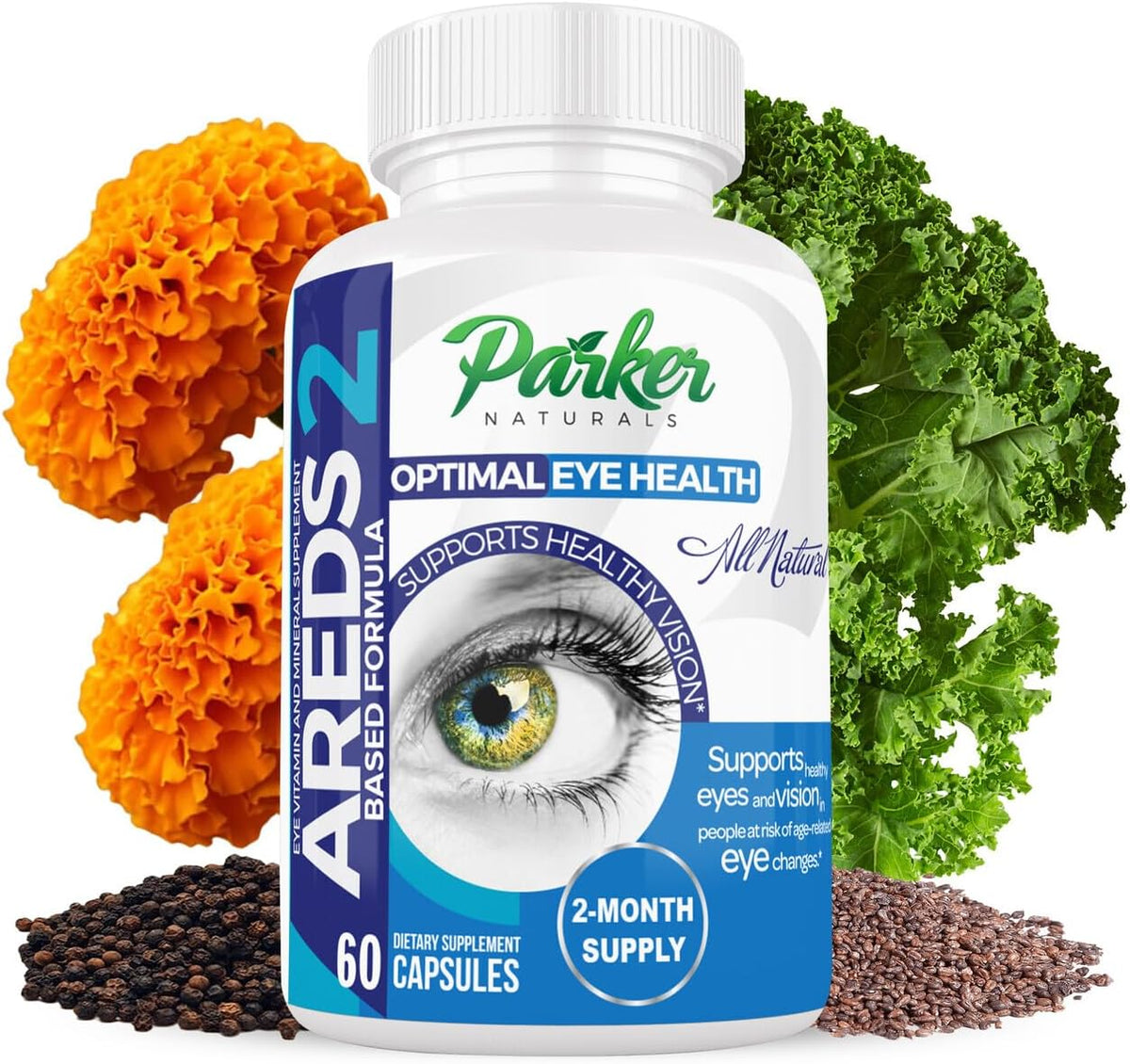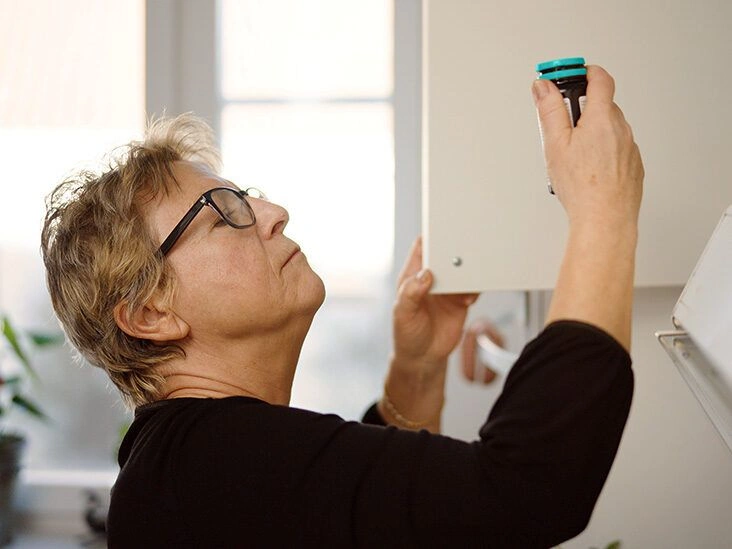Eye health is important. By 2050, the number of people living with wet age-related macular degeneration — commonly called wet AMD — is expected to double.
That’s why taking measures to slow the advancement of this long-term eye condition is crucial for those diagnosed with intermediate AMD.
Growing evidence supports a regimen of nutritional supplements known as AREDS 2, which may promote ocular health and delay the progression of intermediate AMD to late-stage disease.
AREDS 2 can help reduce the rate of vision decline, but many questions linger regarding how it functions and how it should be used. If you’ve been diagnosed with intermediate AMD, or you’re seeking natural strategies to preserve vision, here’s what you need to know about AREDS 2.

What is AREDS 2?
AREDS 2 is a specific supplement formula that combines vitamin C, vitamin E, copper (as cupric oxide), zinc, lutein, and zeaxanthin in set doses.
The ingredients and amounts in AREDS 2 are:
IngredientAmount in AREDS 2vitamin C500 milligrams (mg)vitamin E400 IU (international units)copper (cupric oxide)2 mgzinc80 mglutein10 mgzeaxanthin2 mg
This precise blend was developed based on clinical studies, which demonstrated that these components at these levels were effective in slowing vision loss related to AMD.
AREDS 2 supplements are available over the counter at many pharmacies and through online retailers.
How does AREDS 2 work?
The chosen combination in AREDS 2 is meant to support eye health in people with intermediate or late-stage AMD. If one eye is already affected by wet AMD, these supplements may help slow deterioration in the other eye.
For example, vitamin C has been shown to reduce the risk of cataracts and to slow progression of wet AMD and associated vision loss.
Vitamin E helps shield eye cells from free radical damage that can degrade healthy tissue.
Each ingredient in the AREDS 2 formula contributes specific protective effects for the eyes, so researchers combined the most beneficial ones into what can be considered a targeted “super supplement” for vision.
It’s worth noting these supplements aren’t meant for everyone. Experts advise consulting an eye care professional to determine whether AREDS 2 is appropriate for you.
What are the side effects of AREDS 2?
As with any supplement, AREDS 2 can reduce disease progression — research indicates about a 25% reduction in progression and a 19% reduction in central vision loss — but taking it carries some potential risks.
Some adverse effects stem from the high doses of vitamins and minerals in the formula, which can affect digestion. This may lead to gastrointestinal symptoms such as nausea, vomiting, or bloating.
An earlier formulation called AREDS included beta-carotene, which increased lung cancer risk in people who smoke or formerly smoked.
AREDS 2 excludes beta-carotene, so choosing the updated AREDS 2 product is important if you opt to use this supplement regimen.
Who should not take AREDS 2?
AREDS 2 can alter how other medicines work in your system, so it’s important to review your medications and supplements with a physician and pharmacist before beginning AREDS 2.
For example, vitamin E in AREDS 2 has been linked to interactions with anticoagulant drugs like warfarin. High zinc doses can also interfere with the absorption or effectiveness of certain antibiotics.
Why AREDS 2 can’t prevent wet AMD
At present, no nutritional supplement or combination of supplements can prevent wet AMD. While AREDS 2 is useful for slowing AMD progression, it cannot stop wet AMD from developing altogether.
You can also reduce your risk of wet AMD through healthy lifestyle choices, such as quitting smoking and eating a diet rich in fruits, vegetables, and fatty fish that contain omega-3s.
Other supplements for wet AMD
Beyond the vitamins in AREDS 2, folate can support eye health and help slow the course of wet AMD.
You can boost folate through supplements or by eating folate-rich foods such as:
- oranges
- peanuts
- black-eyed peas
- spinach
- grains
Omega-3 fatty acids also support retinal health. Experts suggest consuming fish two to three times per week, ideally:
- salmon
- sardines
- mackerel
- herring
- lake trout
- canned light tuna
If you avoid fish, consider an omega-3 supplement or foods fortified with omega-3s, or plant sources such as:
- flaxseeds
- walnuts
- canola oil
- some fortified products
Vitamin A is another nutrient that supports eye health. The old adage that “carrots are good for your eyes” has truth: carrots are rich in vitamin A, which can slow wet AMD progression.
However, vitamin A in the form of beta-carotene carries the risks mentioned earlier, so monitor intake and consult your doctor before supplementing.
Takeaway
Dietary supplements cannot prevent wet AMD, but they can help slow progression of dry AMD before it becomes wet AMD.
The AREDS 2 formula has been shown to be particularly beneficial for preserving eye health. To determine whether AREDS 2 is suitable for you, discuss the benefits and risks with your doctor and explore additional steps to support good vision.


















Leave a Reply
You must be logged in to post a comment.